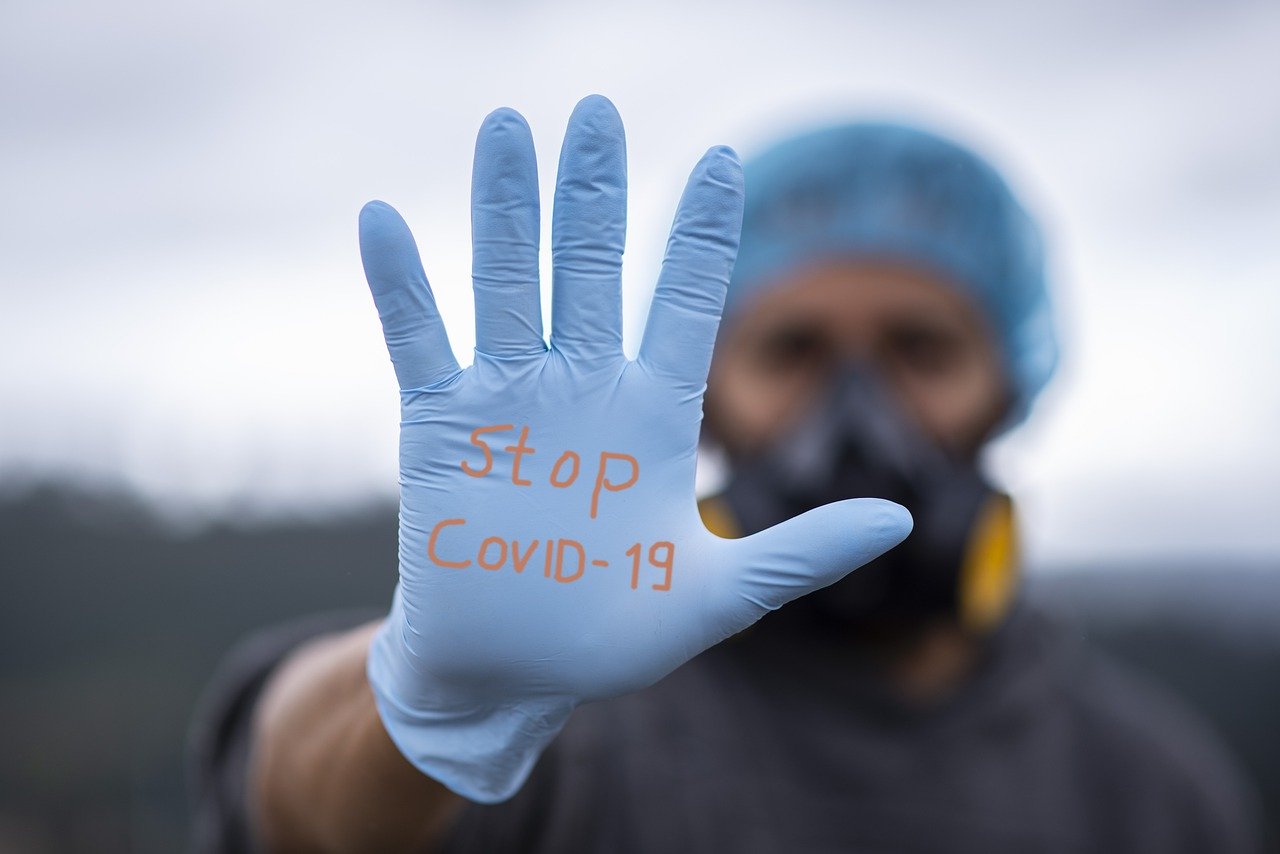
"Most" of the coronavirus transmission is coming from asymptomatic people, according to a top official from the Department of Health and Human Services.
“Just feeling like you want to go get a test is really not the best strategy, but we know that most of the spread are from asymptomatic people, particularly young adults, so you have to cast a wide net and I think we’re able to do that,” Adm. Brett Giroir, the assistant secretary for HHS, said in an interview on CNBC’s “Squawk Box.”
An asymptomatic person refers someone with coronavirus who does not manifest symptoms and never develops them. According to scientists, people who do not have symptoms can pass on the virus to others.
On the other hand, pre-symptomatic spread happens when people who do not look or feel sick pass the virus to others but will eventually develop symptoms later.
Experts say it is not possible to determine if the spread if asymptomatic or pre-symptomatic because both appear normal. However, the pre-symptomatic carriers will manifest Covid-19 symptoms later.
Studies show that pre-symptomatic spread is more common than asymptomatic spread.
“Detailed contact tracing from Taiwan as well as the first European transmission chain in Germany suggested that true asymptomatics rarely transmit,” said Babak Javid, a principal investigator at Tsinghua University School of Medicine in Beijing and an infectious disease consultant at Cambridge University Hospitals.
“However, those (and many other) studies have found that paucisymptomatic transmission can occur, and in particular, in the German study, they found that transmission often appeared to occur before or on the day symptoms first appeared.”
No difference
According to Dr. Anthony Fauci, the nation’s leading infectious disease expert, asymptomatic people carry as much virus as people who are symptomatic.
“When you measure the level of virus in the nasal pharynx of asymptomatic people, compared to people who are symptomatic, there doesn’t seem to be any difference, which means there’s as much virus in the nose of a person who’s asymptomatic as there is in a symptomatic person,” Fauci, director of the National Institute of Allergy and Infectious Diseases, said during an interview with Facebook CEO Mark Zuckerberg.
Giroir pointed out that Covid-19 is “not the flu.” He noted that the US needs to allow asymptomatic people undergo testing.
“When I talk about unnecessary testing, we know that there’s a lot of people who are being asked to retest themselves at the end of their illness and some people are getting test four, five, six times and that’s just really unnecessary,” he said.
“According to the guidelines, if you’re ten days since the onset of your illness and at least three days asymptomatic, you’re fine,” he said. “It’s like whoever has the flu, you never go back and get test two or three times for the flu.”
According to the US Centers for Disease Control and Prevention, around 40% of coronavirus transmission takes place before people feel sick.
A study published in the journal “Science” revealed about 4 in 5 people with confirmed coronavirus in China likely got the disease through who are not aware they had it.
“These findings explain the rapid geographic spread of (coronavirus) and indicate containment of this virus will be particularly challenging,” researchers wrote.






